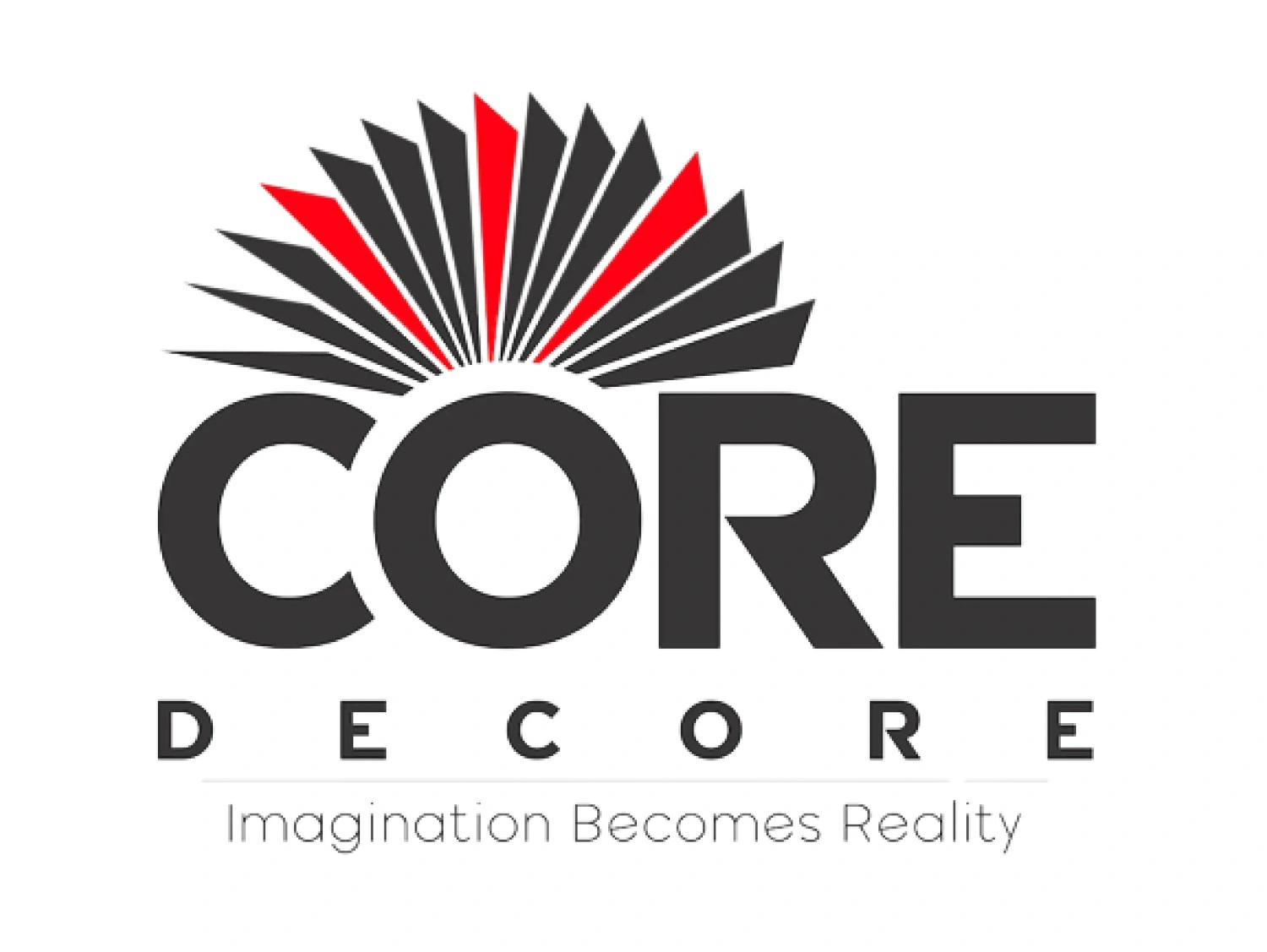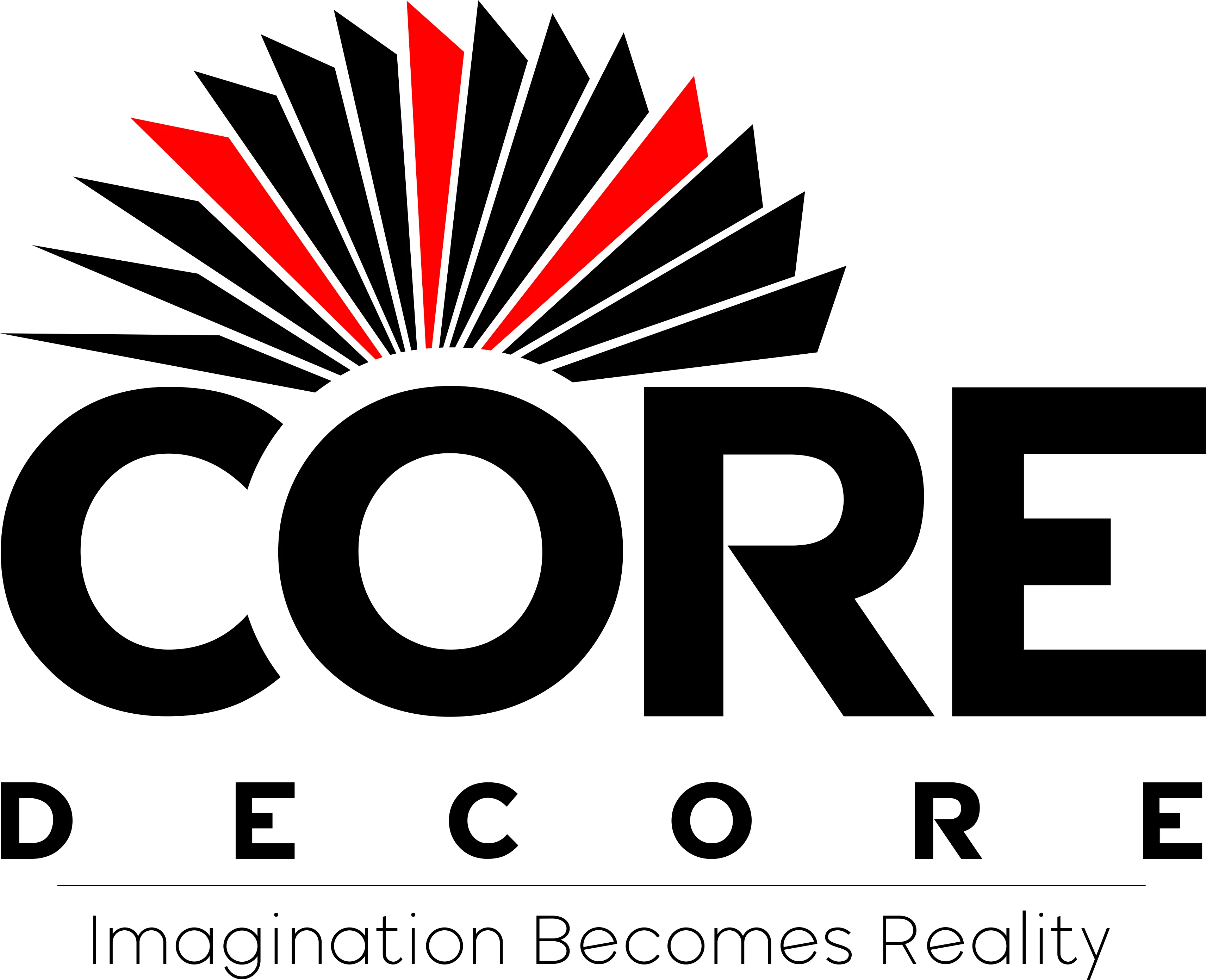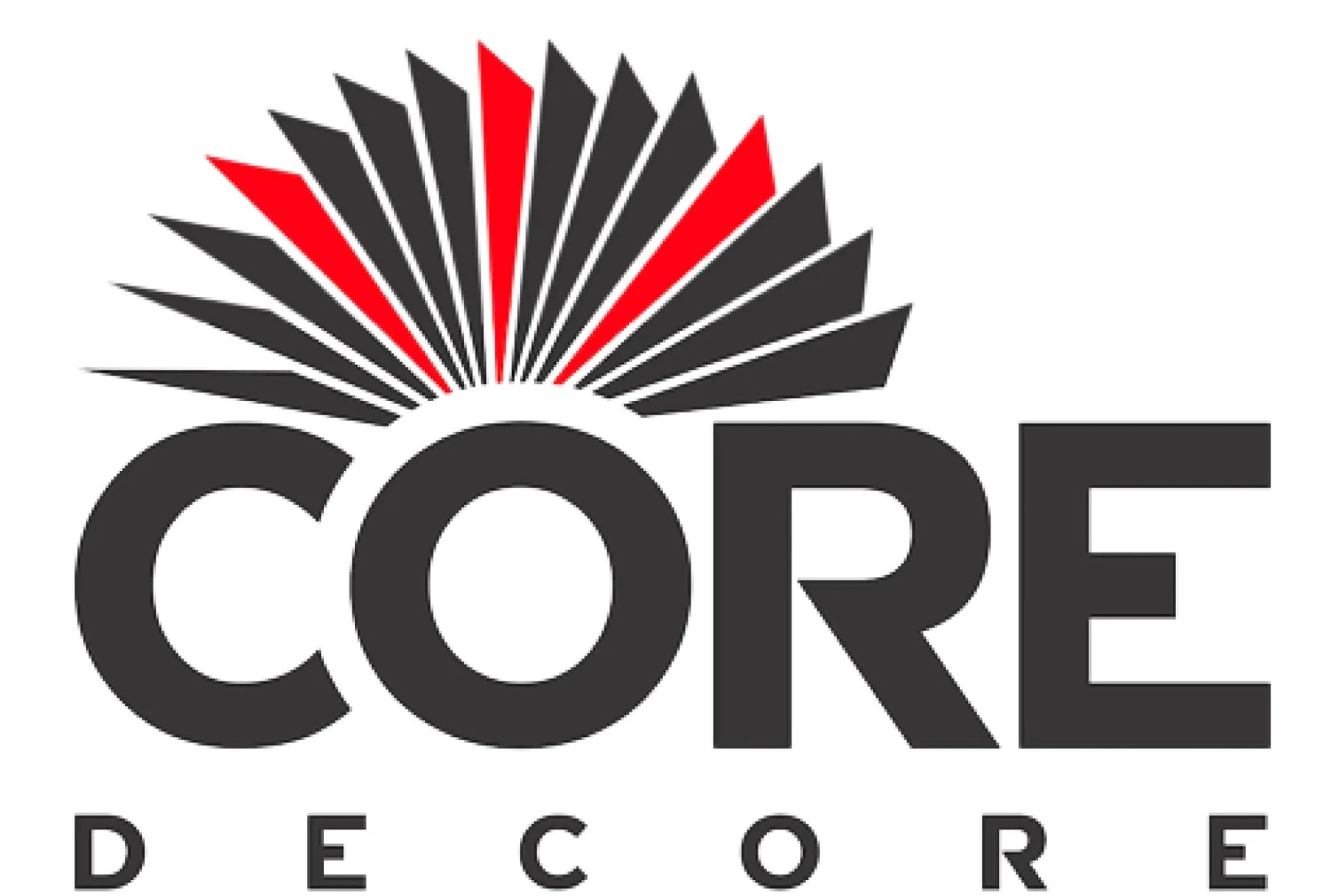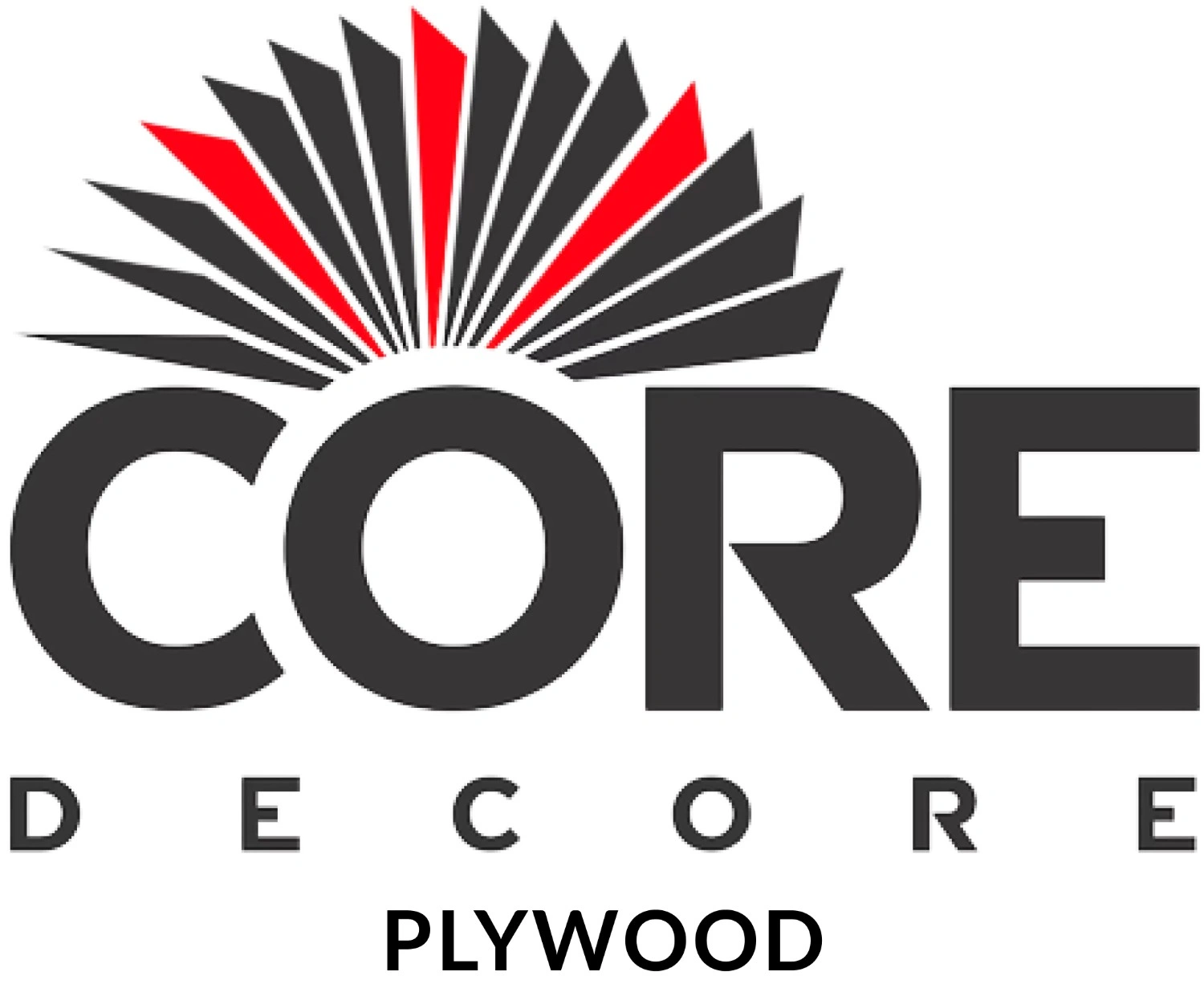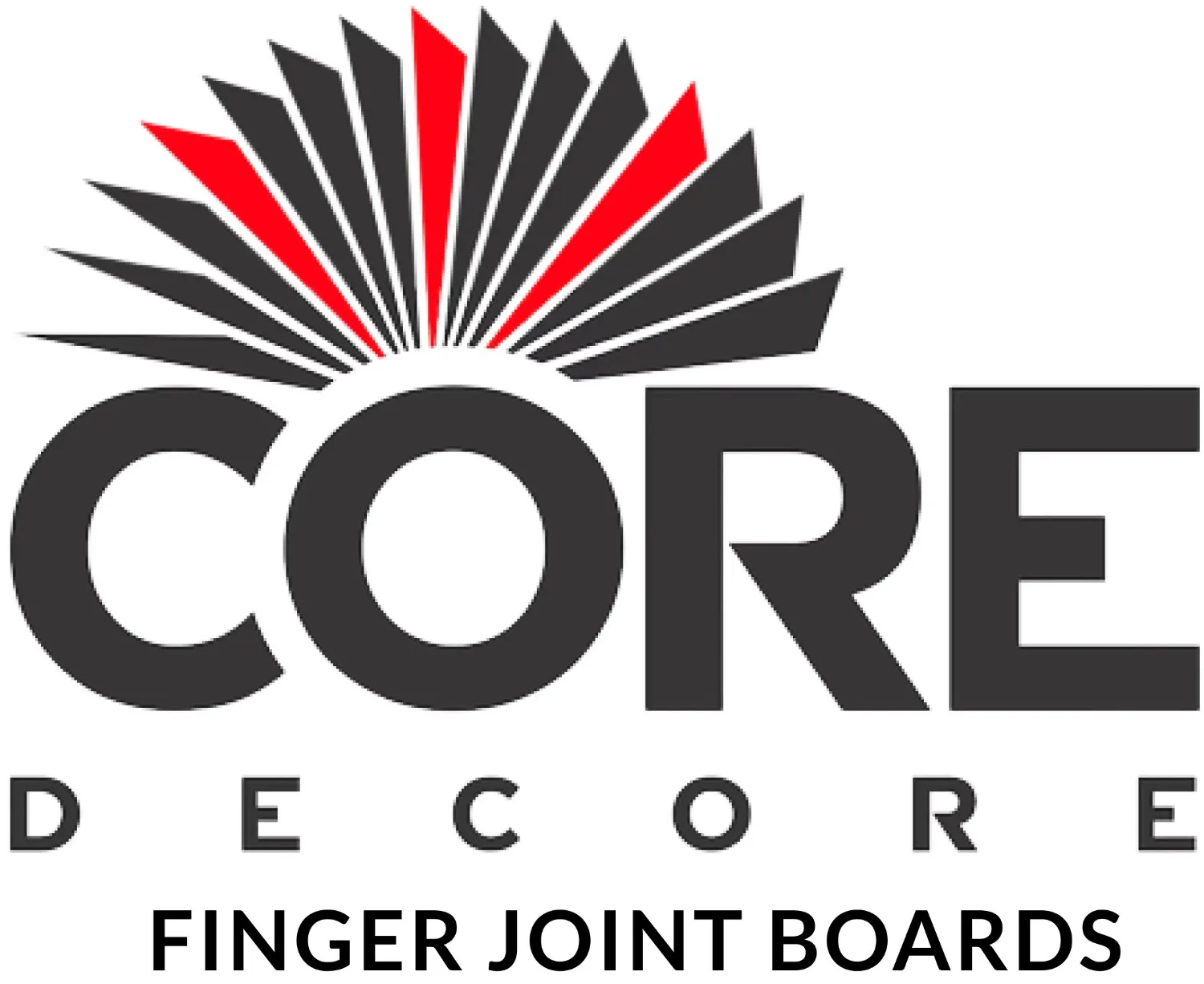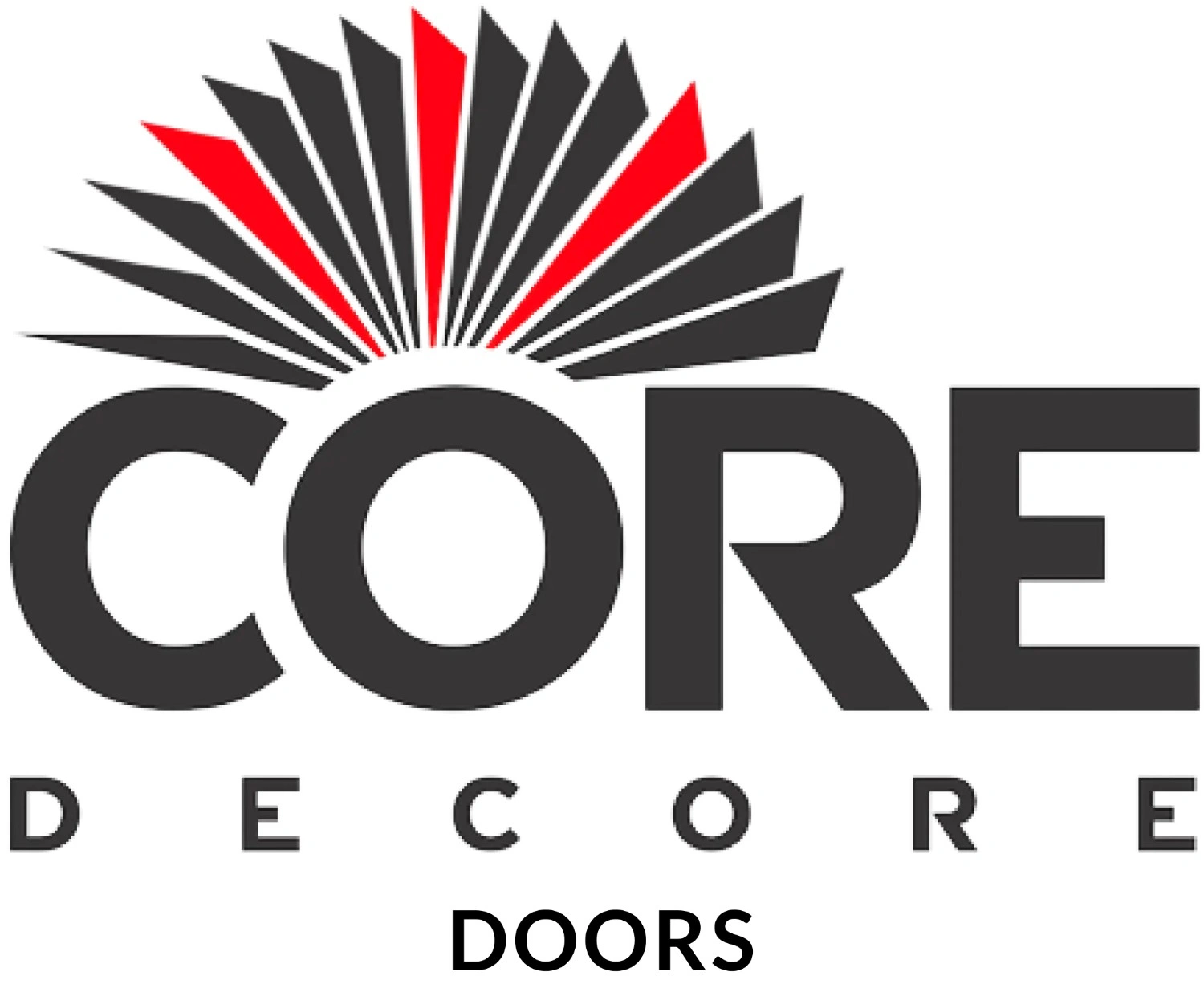Plywood Perspective is oriented toward Crafting Strength or Shaping Style?
Plywood is a versatile engineered wood product, composed of thin layers or veneers glued together, crafted from thin layers or veneers bonded together. Plywood's composition may include softwoods, hardwoods, or a blend of both, resulting in a varied range of characteristics.
- Unveiling Plywood's Power: Where Strength Meets Style!
- Do laminates enhance the appealing feel of plywood?
- Does thickness is correlated to the purpose of plywood?
- How to choose the perfect plywood?
- Does the type of plywood is decided based on purpose?
- Does plywood have heterogeneous siblings?
- The science behind plywood
- Types of plywood used in soundproofing?
1. Unveiling Plywood's Power: Where Strength Meets Style!
Arranged strategically with adjacent grains running perpendicular, the layers, or plies, provide plywood with the strength and stability needed to prevent warping or twisting. Its composition may involve softwoods, hardwoods, or a blend of both, resulting in a diverse range of characteristics.
Does grade always matter?
- Grade A
- Grade B
- Grade C
- Grade D
Grade A is the highest quality plywood, it is smooth and paintable but still, it is quite expensive when compared to other grades of plywood. The presence of defects is visible in Grade B quality plywood. Grade C is not as appealing when compared to Grade A and Grade B, but still, it can be used in any construction application where design is not prioritized. Grade D is the least quality but it is inexpensive when compared to others.
2. Do laminates enhance the appealing feel of plywood?
Combining laminates with plywood is crucial in furniture manufacturing, where the trend leans towards textured surfaces, thanks to digital printing technology. These laminates, including those with acoustic properties, add both visual appeal and sound management to interiors. These qualities correlated with characteristics such as moisture resistance and thickness.
Plywood finds applications for various purposes such as
- Roofing and flooring of houses and commercial work
- Construction material
- Space shipping and aviation
3. Does thickness is correlated to the purpose of plywood?
The appropriate thickness may vary based on different purposes, as longer shelves might necessitate thicker plywood to prevent sagging under pressure. Different ranges of thickness can be achieved by placing veneers in required positions. Plywood thickness ranges from 0.4mm to 100mm. Whereas the range of 3.2 mm to 21mm is the most commonly used one.
4. How to choose the perfect plywood?
To purchase the best plywood , as a naive person at first we should acquire the qualities that make plywood a Grade A quality. But still, the ultimate aim of purchasing a product should be oriented towards affordability, as well as it needs to fall under the line of quality. The qualities which are required to earn the best plywood tag are flexibility and water resistance, which defines the factor “ long lifetime”.
5. Does the type of plywood is decided based on purpose?
- Softwood plywood, derived from veneers like pine, cedar, or spruce, is commonly applied in structural construction.
- Hardwood plywood, utilizing veneers such as oak, birch, or mahogany, is preferred for furniture, cabinetry, and decorative uses
- Meanwhile, marine plywood , designed for high-moisture environments, finds its place in boat construction.
- Exterior plywood , treated for weather resistance, stands resilient in outdoor construction, while interior plywood, suitable for indoor applications, is often used in furniture and cabinetry.
- Particleboard core plywood, with a core of wood particles bound by adhesive, is prevalent in furniture manufacturing.
- MDF core plywood, featuring Medium medium-density fiberboard, ensures a smooth surface and is frequently employed in furniture and cabinet making.
- Baltic birch plywood , crafted from birch veneers with minimal voids, boasts strength and durability, making it popular in woodworking.
- Aircraft plywood, designed for aviation use, combines lightweight and strength with high-quality hardwood veneers. Lastly, fire-retardant plywood, treated for enhanced fire resistance, serves applications prioritizing fire safety.
6. Does plywood have heterogeneous siblings?
"Ply sheets," "plywood boards," and "ply boards" are interchangeable terms referring to panels or sheets crafted from layers of wood veneers bonded together. Both "ply sheets" and "plywood boards" describe the same material, emphasizing its layered construction for enhanced strength and stability.
7. The science behind plywood
Due to its thickness and density, plywood proves effective in reducing sound transmission, making it an ideal material for soundproofing applications. Various techniques are employed for this purpose, including double layering, the use of green glue, resilient channels, and the application of acoustical caulk. These methods enhance plywood's ability to minimize the passage of sound, contributing to improved acoustics and reduced noise in spaces.
8. Types of plywood used in soundproofing?
Film-faced plywood, UV prefinished plywood, hexa plywood, and birch-faced plywood are versatile options employed for soundproofing applications, each offering unique attributes. These plywood varieties, coupled with soundproofing techniques like double layering and green glue application, collectively play a vital role in reducing sound transmission and enhancing acoustic environments across diverse settings.
Plywood provides both a pleasing feel through its aesthetic look and a breath-felt soundproof feature making it an ideal component used in the field of construction. Plywood can be utilized in the art of crafting modern houses.
